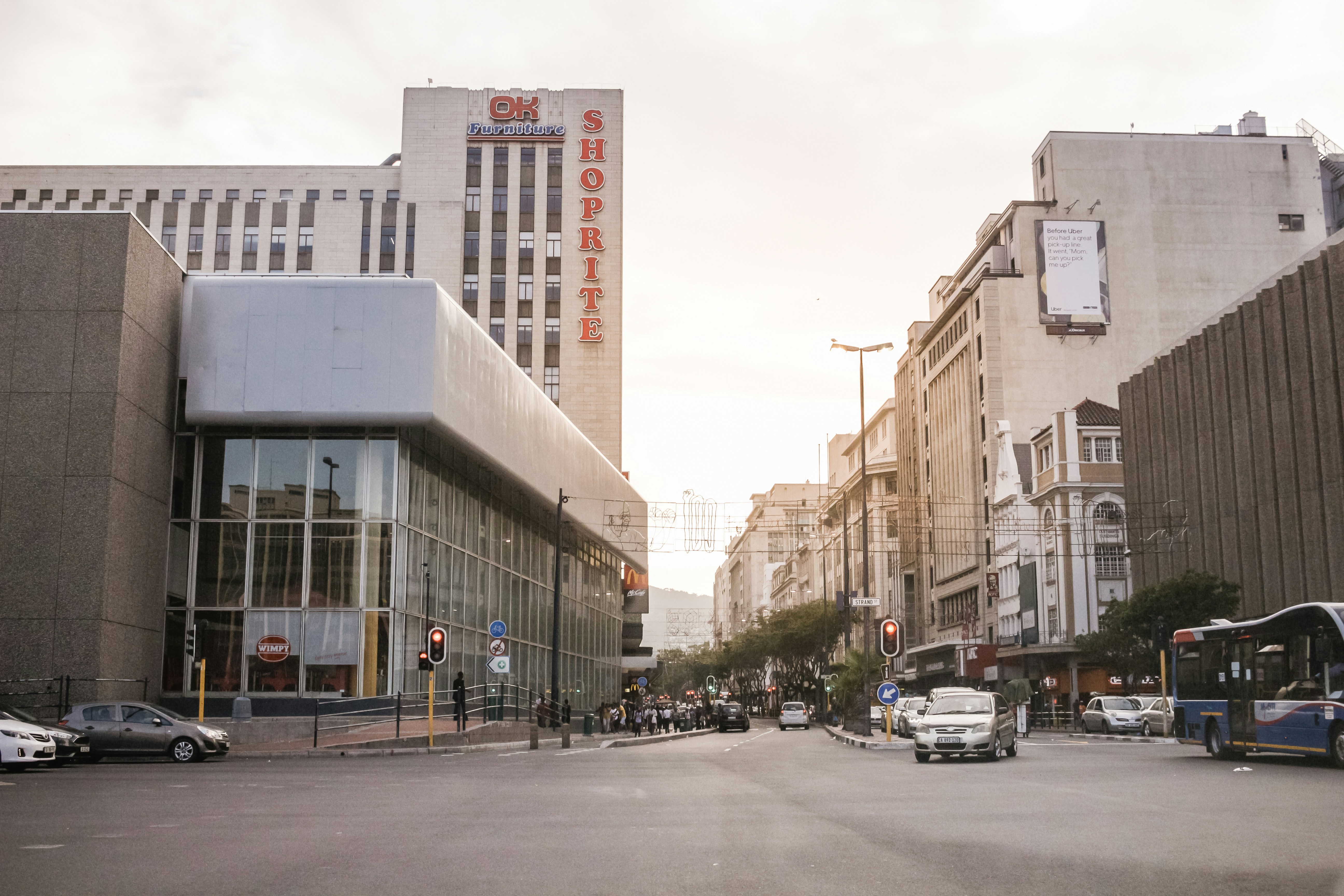In 1973, Arab members of the Organisation of Petroleum Exporting Countries (Opec) imposed an embargo on the US because of its support for Israel during the Yom Kippur War.
Canada was also hit hard by this embargo, and I can recall from my childhood in Nova Scotia sitting with my parents in long queues at petrol stations.
One of the many upshots of this drama — aside from stagflation and the beginning of the end of blue collar-prosperity — was that it triggered a major traffic reform in North America: the right turn on right light or RTOR.
The thinking behind it was that it would save on the consumption of petrol — or gas as it is called in North America — by allowing motorists to make a right turn on a red light if the coast was clear rather than waiting another 20 or 40 or 60 seconds while their engine idled.
For a single outing to work or the grocery store or wherever, that would not amount to much. But multiplied millions or tens of millions of times per day, savings were seen to be had in a time of chronic shortages and soaring prices.
The Energy Policy and Conservation Act of 1975 required states to allow right turns on red lights to be eligible for federal assistance for mandated conservation programmes. It was an energy-saving and green policy at a time when even Republicans were not opposed to environmental regulations.
Straightforward
The rules are pretty straightforward. If you want to turn right you treat the red light as a stop sign, coming to a complete stop and making sure there is no traffic coming from your left before proceeding.
At some intersections, a sign will say that right turns on red lights are not allowed at certain times of the day such as during rush-hour traffic.
North Americans of course drive on the right-hand side of the road, so in South Africa such a reform would allow for left turns on red robots. When this correspondent first came to South Africa in 1998, it took me a while to realise that I was not, in fact, allowed to make a left turn when the light was red.
So, would such a reform be sensible in South Africa?
South Africa does not face a crisis in petrol supplies — at least, not yet! — and declining fuel prices have been a key driver of slowing inflation, though the fuel levy hike will arrest that promising trend somewhat.
But every drop counts and South Africa also needs to reduce its emissions of the greenhouse gases that are fuelling rapid climate change.
It must be said that in North America there has been some questioning of this rule of the road on both fuel saving and safety grounds.
One 2024 study by researchers at the Mineta Transportation Institute at San Jose State University found that “... RTOR movements are generally unsafe for pedestrians, bicyclists, and drivers, while only marginally useful in lowering emissions and only under certain contexts. Those marginal benefits may further decline with increased electric vehicle (EV) adoption.”
Given the carnage on South Africa’s roads, policy makers would need to think twice about introducing a measure that would make driving even more treacherous.
Dangerous and reckless driving
There is a lot of dangerous and reckless driving in South Africa, and minibus taxi drivers spring immediately to mind. How many of them would come to complete stops and make sure it is safe to execute a left turn at a red robot? I am guessing not that many and they are hardly the only menace on South Africa’s roads.
Also, to make a left turn on a red robot you need functioning robots in the first place.
Many South African drivers don’t seem to get the point that a traffic light that is not working at an intersection — a frequent occurrence — should be treated like a four-way stop. Such situations are often treated like a game of chicken and chaos, horns blaring, middle-fingers extended and road rage are often the result.
Imagine the stoners who try to make a buck out of this chaos by “directing” traffic when the robots die trying to also navigate a left turn rule.
Still, I often grow impatient when I am at a functioning robot and could safely turn left but am prohibited from doing so. (Full disclosure — I sometimes do it. I did learn to drive in Canada.) I am sure many South African motorists feel the same.
But come to think of it, given how the rules of the road in South Africa are so frequently violated, maybe the left turn on the red light is fairly common anyway.
And maybe, some day, South African motorists will be overwhelmingly careful and law abiding, allowing for a left turn at a red light to be made legal with relative safety. I don’t think EVs are going to rule the roads here any time soon and fuel needs to be saved — and greenhouse gas emissions slashed — by hook or by crook. DM





